Museum Vitrines Manufacturer: How do we design a Wall Display Case?

Museums serve as the vessels of human history and culture, offering rich resources for learning and research. Display cases, an integral part of museums, play a crucial role in shaping visitor experiences and how they perceive the exhibits. Today, let’s explore the science behind museum wall case designs.
1. Importance of Display Case Design
As essential tools for both protecting and showcasing artifacts, the design of display cases is paramount. A well-designed case not only protects items from light, humidity, and dust but also provides visitors with a clear and engaging view, allowing them to better appreciate and understand the artifacts.
2. The Science Behind Wall Case Design
Wall case design is a common museum display form, featuring multiple items within a single enclosed space. By controlling environmental factors like light and humidity, these cases create an optimal preservation environment. The key scientific principles include:
– Environmental Control: Wall cases precisely regulate temperature, humidity, and light, ensuring a stable environment that slows the aging of artifacts.
– Protection: The enclosed design shields artifacts from dust, microorganisms, and human contact, reducing damage from external factors.
– Display Effectiveness: Wall case design fosters a harmonious display space, allowing items to complement one another. Well-placed lighting highlights the features of each artifact, enhancing the visitor experience.
3. The Art of Wall Case Design
Beyond its scientific role, wall case design also incorporates artistry. Museums are not just for preservation; they are cultural and artistic hubs. The design must align with the museum’s overall style and complement the exhibits, creating a cohesive yet layered display.
The choice of materials and form is crucial. For instance, wood cases evoke warmth and nature, while metal designs offer a modern, tech-savvy feel. These details influence the visual experience, helping visitors connect with the artifacts on a deeper level.
4. Prospect
With advancements in technology and evolving aesthetics, wall case design continues to innovate. Digital and virtual reality (VR) technologies are expected to play a growing role in future designs. 3D displays can offer detailed views from various angles, while VR provides immersive experiences that transport visitors back in time.
Sustainability and eco-friendliness will also be key in future designs. The use of eco-friendly materials can reduce environmental impact and create healthier, more comfortable viewing environments for visitors.
In summary, museum wall case design combines both science and art. It must protect artifacts while creating a visually appealing and engaging experience for visitors. In the future, we look forward to more innovative designs that bridge the past and future, bringing history to life.
Relicase Display Engineering – The leading high-end professional display case manufacturer for museums. Looking for customized glass display cases? Try Relicase for a comparison!
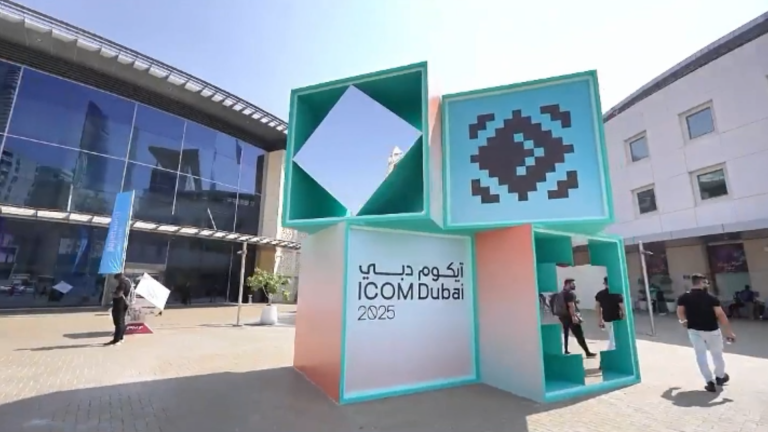
Relicase: Exhibit in Dubai, Engage with the world.
On November 12th 2025, the 27TH ICOM GENERAL CONFERENCE opened at the Dubai World Trade Center, the financial center of the Middle East. More than 4,000 professionals from more than 100 countries and regions around the world attended the conference, and more than 50 Chinese museum leaders, experts, scholars and enterprise representatives attended the conference. “This is a grand…

Museum Showcase Excellence: How Relicase Brought Ancient Shu Treasures to 300,000+ Visitors
Over 300,000 Visitors!Ancient Treasures of Shu Shine in Hengqin: The Mystique of Sanxingdui and Jinsha Captivates Audiences The special exhibition Ancient Treasures of Shu: Sanxingdui and Jinsha attracted more than 300,000 visitors, including nearly 60,000 from Hong Kong, Macau, and Taiwan, making up almost 20% of the total audience. On April 24, the three-month exhibition…
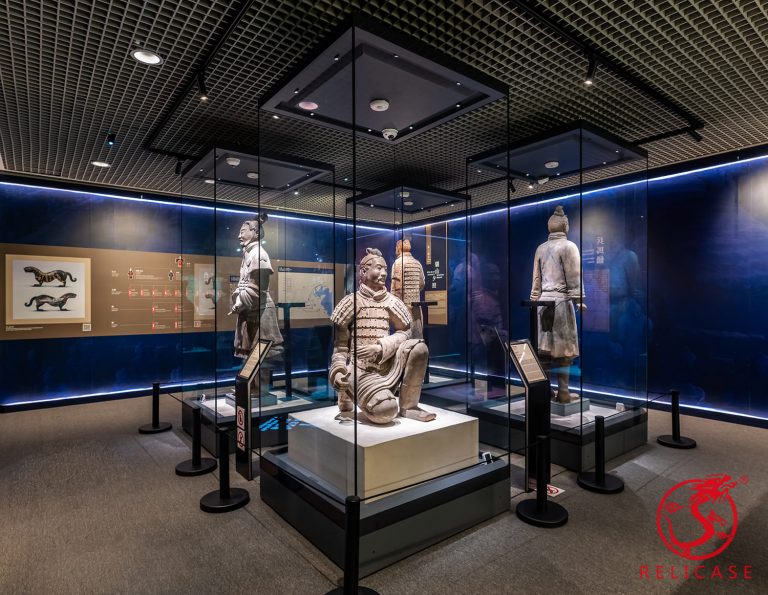
Relicase at Macau Museum: Safeguarding Heritage, Celebrating Legacy
Macau Museum: “Edification of the Masses — Cultural Treasures from the Zhou, Qin, Han, and Tang Dynasties” A Landmark Embraces Innovation The Macau Museum stands proudly atop the historic Mount Fortress, next to the famous Ruins of St. Paul’s. As an iconic symbol of Macau’s history and multicultural heritage, it now embraces the touch of…
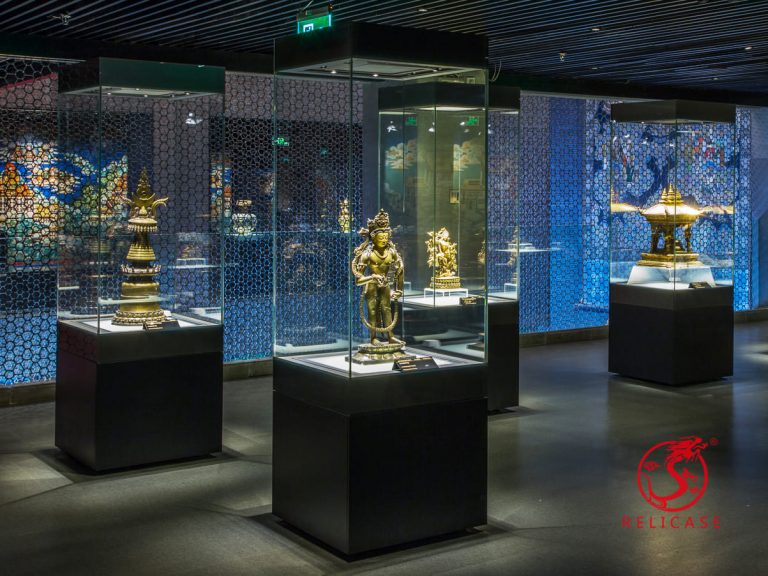
Potala Palace
Abstract On April 26, 2017, Relicase completed the showcase project for the Treasure Hall of the Potala Palace in Tibet. The Collections Hall spans three floors and is divided into two major sections, showcasing a total of 273 individual artifacts and replicas, as well as 155 sets of artifacts (or 159 sets, including 147 sets…
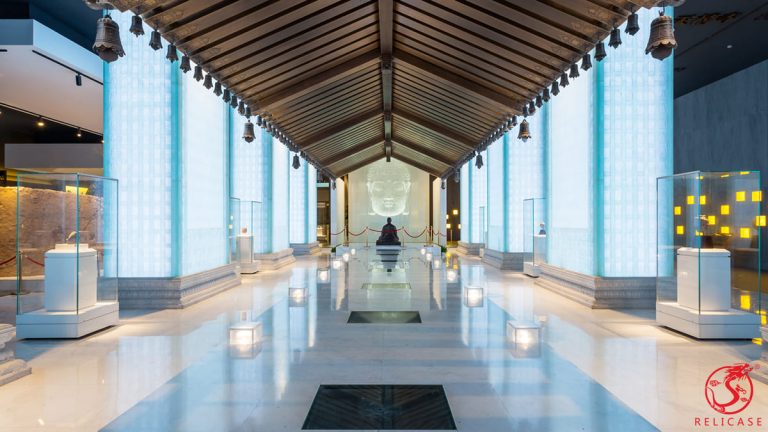
Porcelain Tower of Nanjing
Abstract The Porcelain Tower of Nanjing, named and constructed by Emperor Yongle of the Ming Dynasty to honor his parents’ boundless love and virtue, stands as a symbol of filial piety. Celebrated in Du Mu’s poetic lines, “Four hundred and eighty temples of the Southern Dynasties, how many pavilions linger in the mist and rain,”…
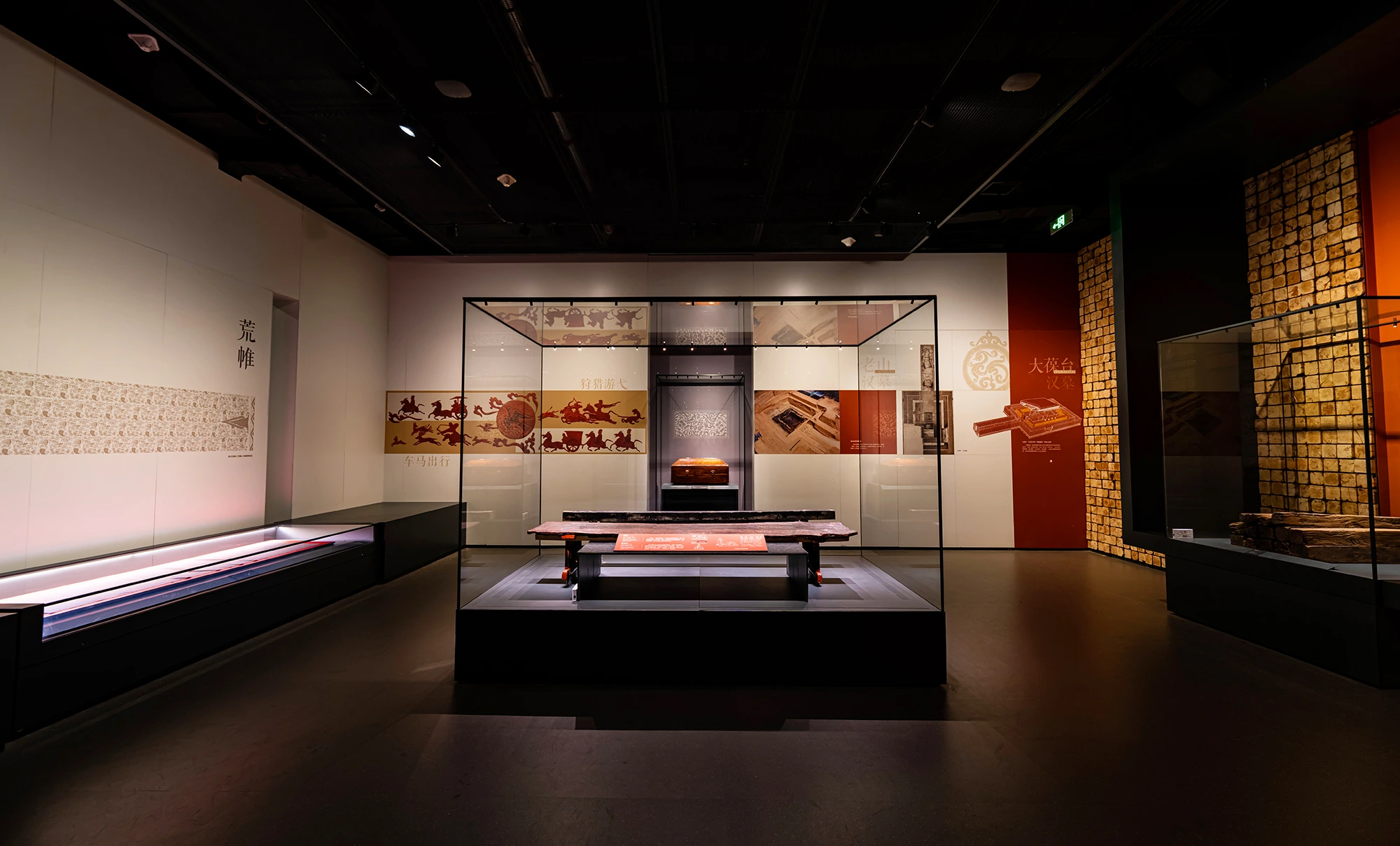
The basic guide to Museum Showcase Glass
As museums continue to modernize, the glass used in display cases has undergone a remarkable transformation to meet ever-evolving requirements for safety, visibility, and artifact preservation. The shift from basic transparent materials to specialized, high-performance glass highlights the strides made in exhibition technology. The Journey of Museum Showcase Glass Historically, glass in museum showcases was…
